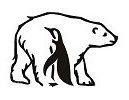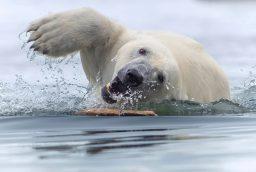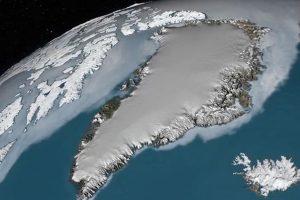
Perform detailed surveys of the coast, map underwater terrain, observe the life of walruses and polar bears — all this and much more are able to drones, which scientists actively use to explore the Arctic. Alexander Barymov, a leading specialist in working with UAVs at the Marine Research Center of Lomonosov Moscow State University, talks about the features of Arctic research and the most interesting projects.
Alexandra, please tell us what tasks copters perform and what are their advantages compared to ground-based surveillance methods?
Using copters is a remote observation method; such methods are always cheaper, simpler, faster and safer than traditional ones. Moreover, in principle, a person cannot get to some places, for example, it will not be possible to “personally” study a vertical cliff, a drifting iceberg or a mountain on which a bear and cubs live. In such cases, copters are our everything.
In some areas of research, copters have literally opened up new horizons. For example, in the study of river plumes (masses of desalinated water in the sea near river mouths) we have made a global breakthrough thanks to our “pocket wings”. Satellite images do not provide enough information, and it is impossible to study plumes from a boat — they are not visible.
So the copter is the only tool with which you can study the plumes in detail and consider the processes that occur there. The analysis of data from the copters allows us to position the research vessel online: we look for places of interest to scientists and bring the vessel there, it makes the necessary measurements, takes samples.
Or my favorite case is the collection of genetic data using samples taken from whale fountains. Petri dishes, test tubes or just gauze are tied to drones. Drones fly right into whale fountains and collect samples. This is an amazing invention!
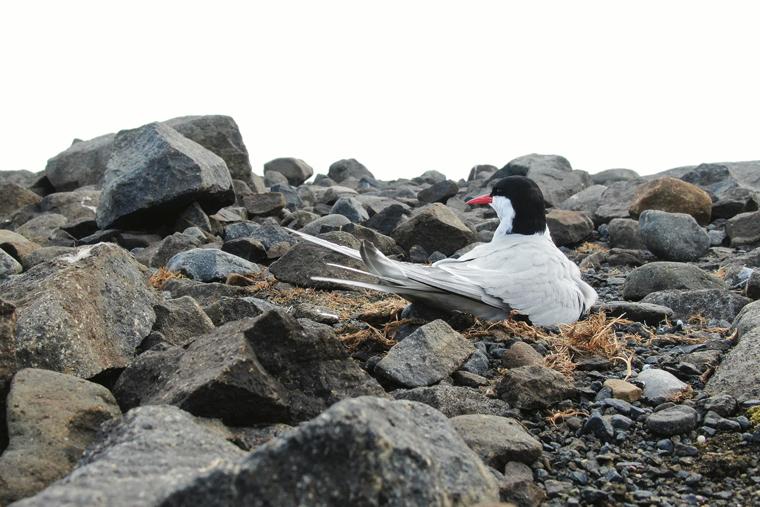
In addition, drones solve tasks that were previously performed using satellite or airplane images. For example, they help with mapping coasts, studying the terrain. The copter flies along a certain route and takes a lot of photos. From them, as from the details of a puzzle, we collect a detailed map of the area.
Copters can be equipped with laser scanners and study not only land but also underwater terrain, monitor dangerous geological processes such as landslides. Previously, this was only possible with the help of echo sounders or direct methods.
Other important uses of drones are the study of local structural geology, wild animals and birds, especially waterfowl. Drones save our time, energy and health. At the same time, it cannot be said that drones have replaced traditional surveillance methods, no, verification is definitely necessary.
Scientists mostly use amateur drones, which can be found in regular stores. They can stay in the air for 20-25 minutes, even less in cold weather, so special heated batteries are used.
We also use professional drones. They will not fit in a handbag — they travel in special huge cases, fly longer and further, require higher qualifications and serious resources. Depending on the task being solved, drones are given special equipment, from Petri dishes and conventional cameras to thermal imagers, multispectral cameras, laser rangefinders, gas analyzers, trigger devices, magnetometers, manipulators.
In short, in the Arctic, the main tasks are to monitor water masses, icebergs, the coast and animals. The data obtained with the help of drones is used not only for scientific research, but also to ensure the safety of work in the Arctic.
Controlling a drone is only part of the task. How is the information received processed?
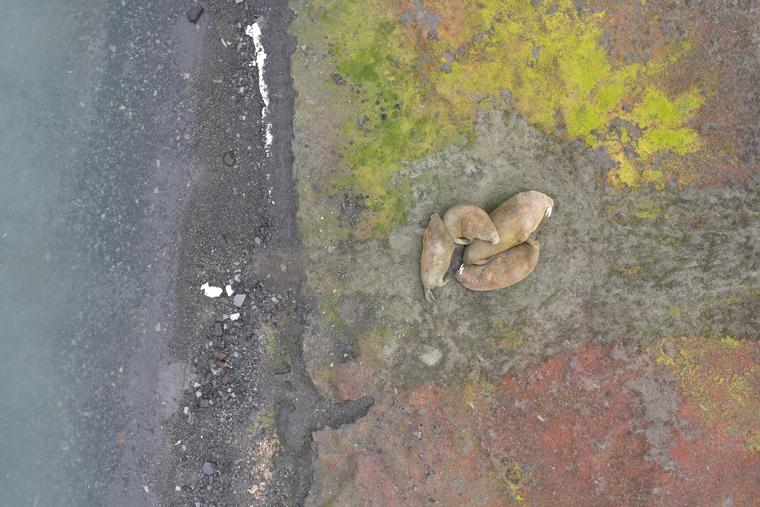
Post-processing and analysis depend on the specific project. Sometimes it is necessary to “stitch” an ultra—high-detail surface map or make a three-dimensional model for subsequent interpretation – this can be an assessment of the shores, a search for objects, and monitoring of changes.
For example, with the help of a copter, I found a deposit of walruses and two bears nearby. In this case, it is necessary to determine the tasks and opportunities for research: for example, to study the number of animals, gender, age, their possible reaction to the copter, assess the risks to people, find a fairway and a landing place. Now we are learning how to combine drone shooting and the results of the neural network for a more convenient counting of animals and birds.
Sometimes it is necessary to raise the archives and compare some parameters: for example, how many walruses lived on this island last year, was there a sunken boat at this place? Such questions may arise unexpectedly — sometimes you don’t know what will be useful to you. But that’s the beauty of archival filming — there are real treasures!
Please recall the most vivid episodes of working with a copter in the Arctic.
First of all, these are dangerous moments. For example, once I almost fainted right in flight, risked a copter for the sake of beautiful or important scientific shots, made difficult landings on a moving ship.
And the most vivid impression was working with large marine mammals. The opportunity to see a polar bear, even interact with it, is something fantastic. At such moments, you feel like an uninvited guest in his world, you try to respect his boundaries, be invisible — and at the same time you can’t tear yourself away from the screen. Bears are the lords of the Arctic, their power is felt even through the drone’s camera.
Another amazing opportunity for me was to observe walruses in the water — for a long time and up close, without disturbing them. This is impossible without drones. As a result, we received unique footage telling about the life of walruses: how they sleep on the water, how they organize security, how they play, how the females feed the babies.
Do you like the Arctic? Is it difficult to work there, aren’t you afraid of the cold?
I’m not afraid of cold weather — good equipment and hot food save me. I freeze often, but I know how to warm up in time so that there are no consequences. But there is not enough sunlight, so we support ourselves with vitamins. I love the Arctic to the horizon and back. In a famous song it is sung: “If you love the North, you will never stop loving it.” This is about me: I have a northern soul. The Arctic is harsh, but at the same time fragile and delicate.
Being there, I feel at home at the same time — I feel so comfortable there, and visiting — I behave cautiously and politely towards nature. On land, I long and remember the beauty of minimalism, the dualism of tenderness and severity, the infinity of the horizon. The Arctic is a place of strength for me.
By Nadezhda Fetisova and Alexandra Barymova / Photo: A. Barymova
